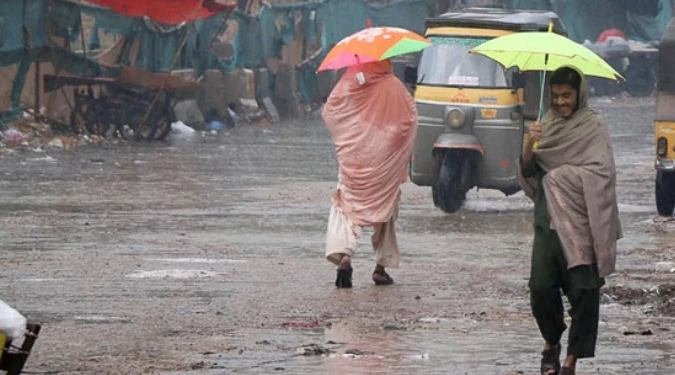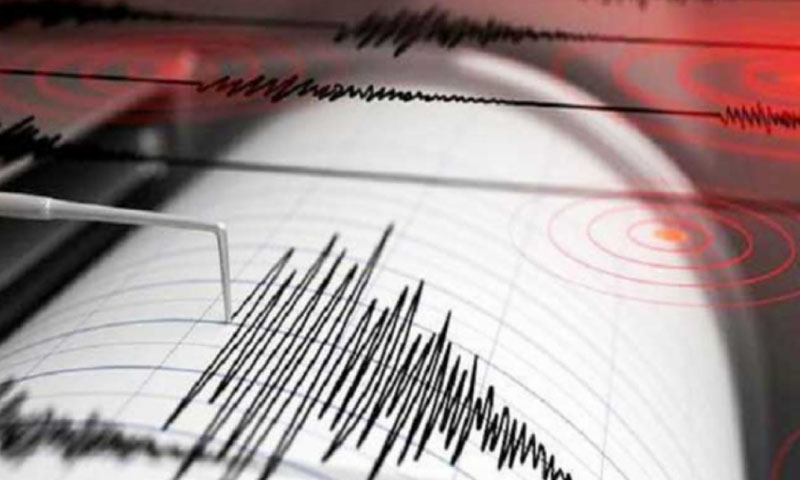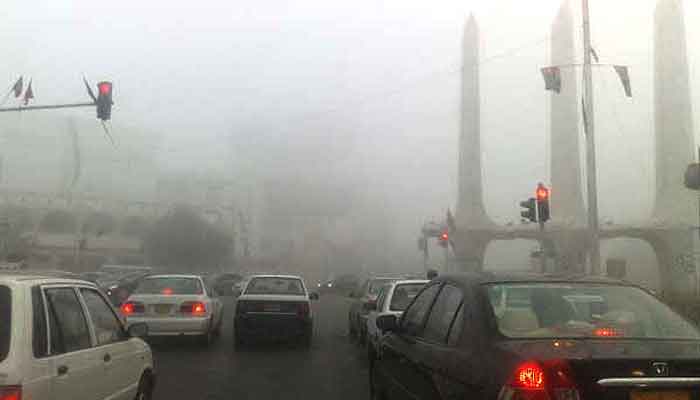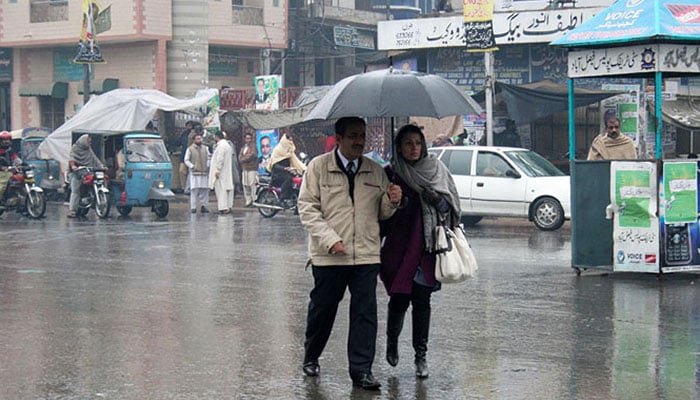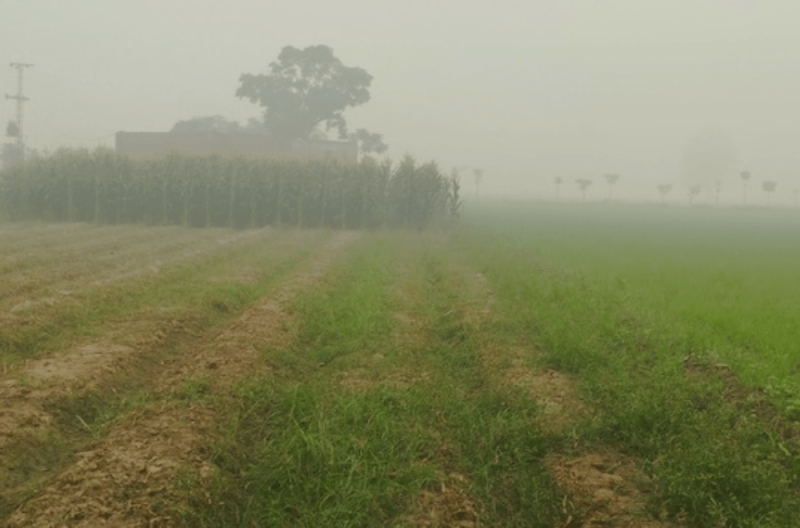Climate
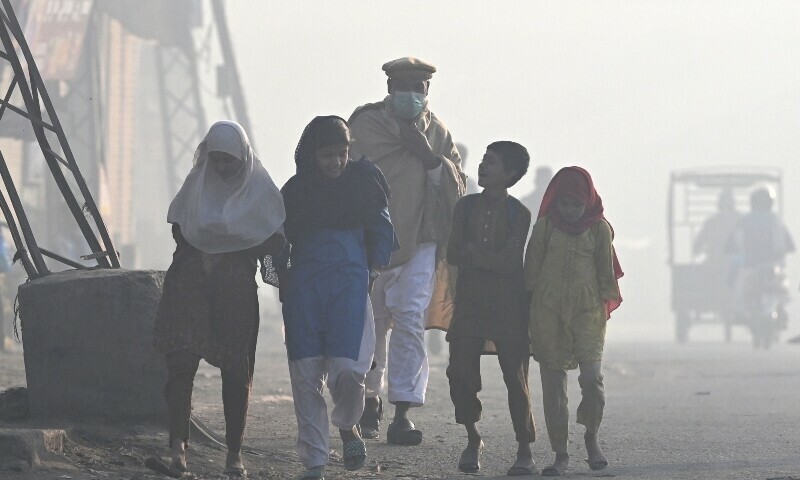
The Punjab government has announced the reopening of schools across the province from November 19, except in Lahore and Multan divisions, citing improved air quality.
Earlier this month, severe smog forced the closure of public and private schools in 18 districts from November 7 to 17. The smog, declared a “calamity” by the government, led to an extension of school closures in Lahore and other regions until November 24.
However, a recent rain spell in northern Punjab, along with changes in wind patterns and reduced crop burning, has slightly improved the Air Quality Index (AQI) in many districts. Lahore, which had been in the “hazardous” category for 12 consecutive days, showed a marked improvement with an AQI of 253 on Sunday, although it remains in the “unhealthy” range.
A notification issued by the Environmental Protection Agency (EPA) stated:
“The ambient air quality has improved in most districts of Punjab. Therefore, all educational institutions, except Lahore and Multan Divisions, shall reopen from Nov 19 with physical presence of students and staff.”
Safety Measures in Schools
To ensure health and safety, schools have been directed to implement strict precautions:
- Mandatory wearing of face masks for all students and staff.
- Schools to open no earlier than 8:45 am.
- A complete ban on outdoor sports and extracurricular activities.
- Staggered dismissal timings to reduce traffic congestion.
In Rawalpindi division, encompassing Rawalpindi, Attock, Jhelum, and Chakwal districts, schools will also reopen on Tuesday.
EPA’s Recommendations
The EPA has urged citizens, particularly in Lahore, to take additional precautions as the city’s air quality remains harmful:
- Wear N-95 masks outdoors.
- Avoid outdoor activities.
- Ensure vehicles meet emission standards to minimize smog contribution.
The EPA attributed the improvement in air quality to recent measures, including administrative efforts to reduce emissions and lower incidents of crop burning. However, it warned that the air quality, while improved, still poses health risks.
The government continues to monitor the situation closely, prioritizing health and education while combatting the ongoing smog crisis.
